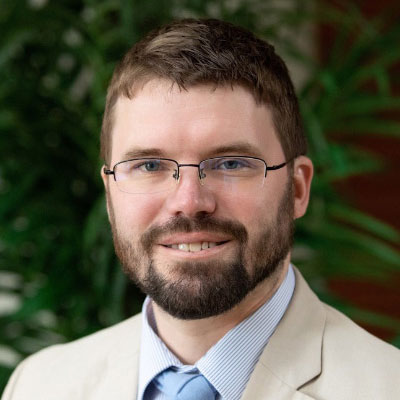In a 2006 New Yorker article, “Million-Dollar Murray,” author Malcolm Gladwell told the story of Murray Barr, an alcoholic who had spent a decade living on the streets of Reno.
The “system” had failed Murray, giving him temporary housing while he completed mandatory rehab and work training programs. But he later returned to the streets and the bottle, racking up frequent and expensive hospital bills at taxpayers’ expense. One Reno police officer told Gladwell, “It cost us one million dollars to not do something about Murray.”“Million-Dollar Murray” was Gladwell’s argument for Housing First, a then-novel approach to the homelessness problem. Gladwell’s point was that a small percentage of the homeless population—generally, those classified as chronically homeless—account for most of the costs. Therefore, it would be cheaper to simply hand them apartment keys, no questions asked.
A decade has passed since Housing First became federal policy, and Gladwell’s expectations have proven to be quite wrong. Federal homelessness spending has nearly doubled from $1.7 billion in 2013 to $3.2 billion in 2023. State and local spending also has increased dramatically.
California, for example, made Housing First a statewide policy in 2016 and has spent nearly $24 billion over the last five years on homelessness programs. California will spend another $3.29 billion this year. The 50 states combined are expected to spend some multiple of that, according to estimates.
Meanwhile, homelessness persists and grows. The Department of Housing and Urban Development’s annual homeless count was about 10 percent higher in 2023 than in 2013.
By focusing on the example of Murray Barr, Gladwell fell prey to the fallacy of composition—the faulty assumption that what is true of the part is equally true of the whole. Housing First might indeed lower the cost of supporting certain individuals—the most desperate cases—but the policy was designed in such a way that the total pool of homeless dependents continuously increases.
This is due to how Housing First measures the success of homelessness programs. Clinical psychologist Sam Tsemberis, the father of Housing First, designed his program to offer no-strings-attached housing with open-ended rental subsidies. In his original experiment, Tsemberis found that 88 percent of his clients remained stably housed after five years, compared with only 47 percent of homeless persons in traditional programs. “Housing stability,” therefore, determines success.
But the goal of the traditional programs, dating back to the Clinton administration, was not housing stability, but “self-sufficiency, housing and independent living.” In other words, Tsemberis’s game-changing discovery was really just that clients with permanently subsidized rent were more likely to remain housed than those who were no longer taxpayer-supported.
The Housing First philosophy effectively assumes that homeless individuals must remain wards of the state. The bulk of Housing First grants, therefore, are allocated to permanent-supportive housing for people who need support permanently, virtually disregarding the fact that 47 percent of homeless individuals were able to become self-sufficient under prior programs.
To give one revealing figure, California spent over $100 million last year on permanent-supportive housing just for homeless youth—a policy that tacitly assumes homeless teens are incurably destined for perpetual dependency.
Residents of permanent-supportive housing are no longer counted as “homeless” in HUD’s official counts, but their rental subsidies still fall under homelessness expenditures. Thus, even if Housing First completely ended homelessness, homelessness spending would continue to grow.
But not only has Housing First failed to end homelessness, it has failed to reduce it, and may have even exacerbated the problem. HUD’s annual homeless counts showed a steady decline each year between 2007 and 2016, falling from 647,258 to 549,928. It has since spiked back up to 653,104—a 19 percent increase—even as homelessness spending has skyrocketed.
The results are even worse for the “chronically homeless,” the priority demographic under Housing First. Between 2007 and 2016, the share of the total homeless population qualifying as chronically homeless—those homeless for a year or more—actually fell from 18.5 percent to a low of 14 percent. By last year, it had climbed to a record 22 percent (143,105 individuals).
It’s time to recognize that Housing First is a flawed policy. One of the core tenets of Housing First is that grant-receiving organizations must prioritize those most in need: the chronically homeless, the unsheltered, and those with severe mental illness or substance-use disorders (heavily overlapping categories). In practice, this often means neglecting those whose conditions are not yet deemed sufficiently desperate to warrant assistance.
Longtime homeless advocate Kevin Dahlgren documented one tragic example in Portland, where a woman was on a housing waitlist but was considered “low priority.” A winter on the streets left her legs frostbitten, and only after having both legs amputated was she reclassified as “high priority” and offered housing.
For the many homeless individuals who, given assistance, are capable of achieving self-sufficiency, Housing First guidelines essentially require that they fall to the point of no return, and then become permanent wards of the state. Such policies are not only expensive and counterproductive, but inhumane.








